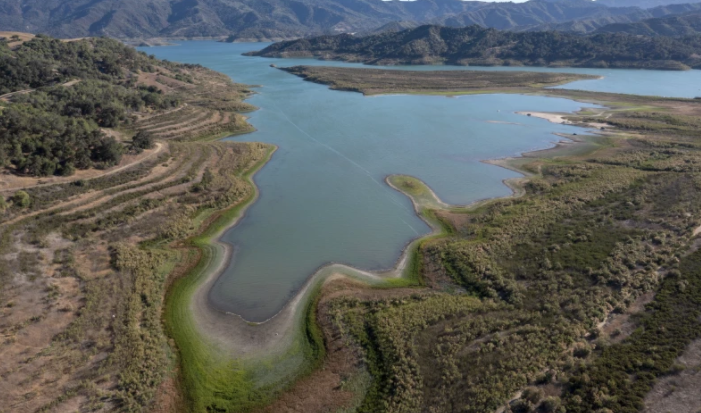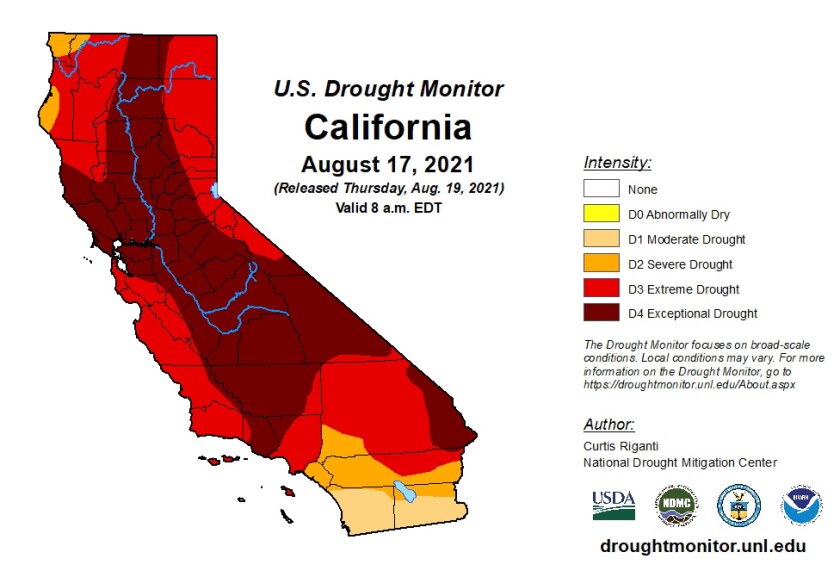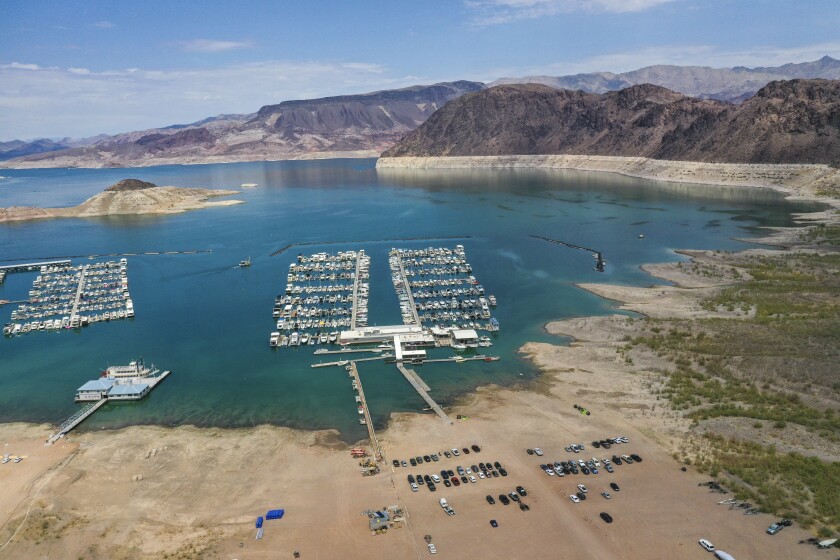
As sweltering drought conditions continue to worsen throughout California, Ventura and other Southern California counties have shifted from “extreme” to “exceptional” drought conditions, according to the U.S. Drought Monitor Report.
Along with Ventura County, northwest Los Angeles County, most of Kern County and the eastern portion of San Bernardino County are also in the federal report’s highest range, signifying “exceptional drought.” Almost all of California is facing detrimental drought conditions, with 50 of the state’s 58 counties under a state of emergency amid excessive drought conditions.
In Ventura County, Calleguas Municipal Water District officials have declared a water shortage, continuing their call to residents to conserve water.

“The board’s action urges residents, businesses and agencies in Metropolitan’s 5,200-square-mile service area to lower the region’s water demand to stave off more severe actions in the future, which could include restricting water supplies to Metropolitan’s 26 member agencies,” officials said in a statement Tuesday.
Officials at the Metropolitan Water District of Southern California, which supplies imported water to Calleguas Municipal Water District, said the state’s water supply has been “increasingly stressed by the extreme drought.”
